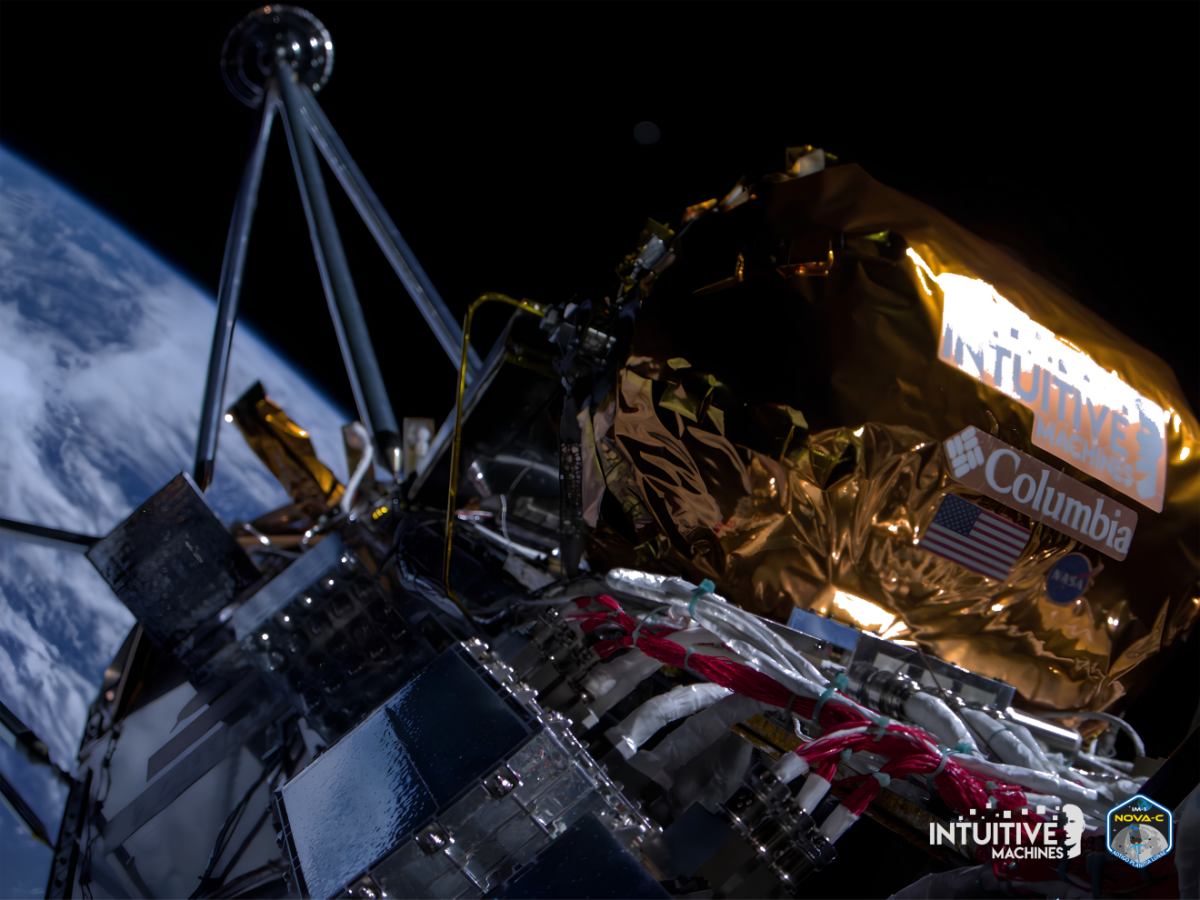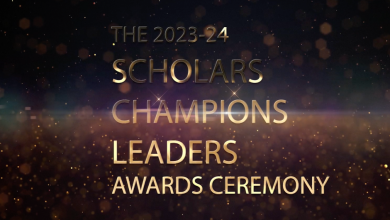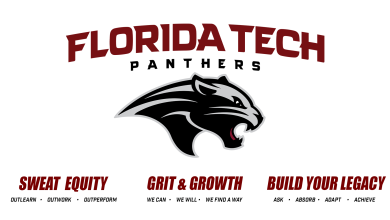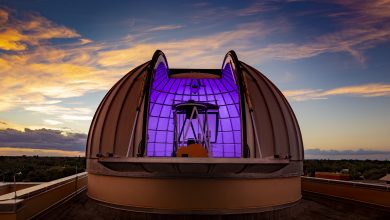Florida Tech Professor Part of Team Behind Key Lunar Lander Payload
Madhur Tiwari Eager to Study Data from EagleCam CubeSat
The Eagle(Cam) has landed. Now it’s time to hear what it has to say.
The shoebox-sized device called EagleCam and its ride to the moon, the lunar lander Odysseus, touched down on the Moon’s surface at 6:23 p.m. Thursday night in what NASA Administrator Bill Nelson called “this great and daring quest.” It was the first time a commercial craft has soft-landed on the moon and the first U.S. vehicle to do so since the Apollo program more than 50 years ago.
EagleCam was designed and built by engineering students and faculty researchers at Embry-Riddle Aeronautical University, among them current Florida Tech aerospace engineering assistant professor Madhur Tiwari. For about three years, until he came to Melbourne in 2021, Tiwari led the dynamics and simulation team.
“We are thrilled that Intuitive Machine’s lunar lander and Embry-Riddle’s EagleCam landed on the moon – intact!” the school posted on social media Thursday night. “Congratulations to all involved.”
The lander was upright and started sending data a few hours after it landed. As of early Friday, the EagleCam team was awaiting data from its precious cargo.
In another fist, EagleCam will attempt to use a Wi-Fi hotspot to transmit data to the lunar lander. It also will seek to uncover new scientific findings through dust plume imagery, dust accumulation analysis and lunar surface imagery.
Tiwari’s team at Embry-Riddle developed novel algorithms for simulating the dynamics of EagleCam under the influence of the moon’s environment, such as where it would land, how far it would go and how fast it would come down.
“The contribution (Tiwari) made was pivotal to both the accomplishment of our project and the attainment of this significant funding,” Troy Henderson, principal investigator on the EagleCam project and Tiwari’s Ph.D. advisor at Embry-Riddle, said before the landing. “His involvement and effort are worthy of equal recognition in regard to both the research and the funding.”
There is certainly enough excitement to go around for the 20 or so students who have worked on this project and the faculty researchers.
“To be able to see a part of yourself on the moon – not many people can say that,” Tiwari said. “It is incredible. It’s why we become aerospace engineers, to do something like this. Incredible to be part of the team.”
As with many an engineering and scientist before him, Tiwari was anxious for everything to work on Thursday night before the landing. “We are all sweaty palms right now,” he said at the time.
That anxiety will become anticipation as Tiwari awaits data from EagleCam that will allow him and his students to compare information that had only been theoretical to this point, such as position, velocity and attitude.
“It’s all theoretical, computer coding, dynamics models, simulations – but that’s not real. Real can only happen when you are actually on the moon,” he said.





